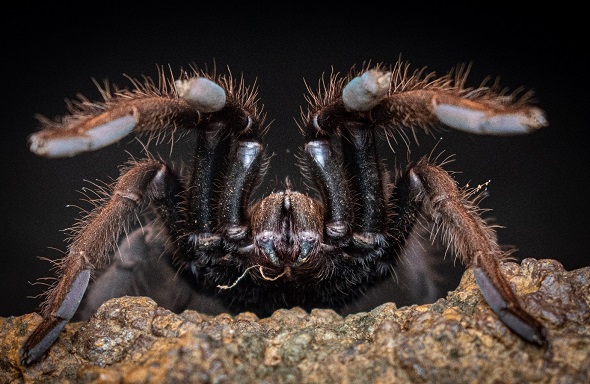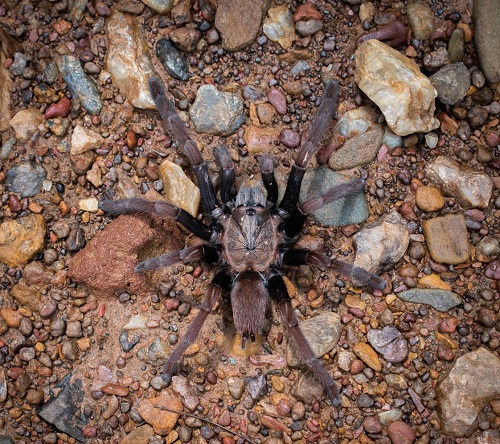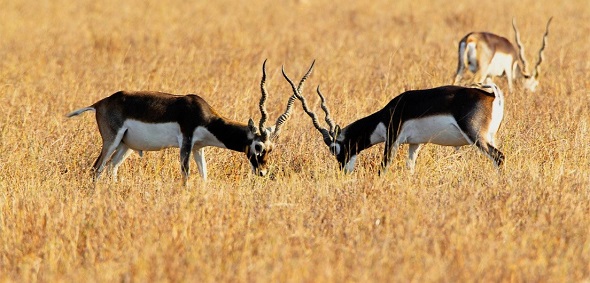
A team of Indian researchers has studied how the movement of tectonic plates and the break-up of Gondwana shaped the modern-day distribution and diversity of animals based on the distribution of Tarantula, the giant hairy venomous spiders.
Historical biogeography tries to understand how past climatic and geological events have shaped the modern-day distribution and diversity of animals. Tarantulas represent an ancient, diverse, and widespread group with Gondwanan (the ancient supercontinent which included South America, Africa, India, Madagascar, Australia, and Antarctica) origin. All these characteristics make them an ideal model for study.
“For the first time, using a combination of genomic data, fossils, geological data, and mathematical models, we tried to understand where this group originated and when and how these spiders colonised other landmasses. Our study provides an improved understanding of methodologies for observing the influence of plate tectonics on the diversity and distribution of organisms,” informs researcher Dr Artitra Biswas.
There are around 1060 species of tarantulas distributed worldwide. The group on which the researchers worked is more than 100 million years old.
The most interesting finding of the study is that South America, despite harbouring most of the diversity (around 70%) of extant tarantulas, is not the centre of origin for this group. The study supports an African-origin for this group.
A team of Indian researchers has studied how the movement of tectonic plates and the break-up of Gondwana shaped the modern-day distribution and diversity of animals based on the distribution of Tarantula, the giant hairy venomous spiders.

The study reveals that the most recent common ancestor of all tarantulas was distributed over Africa and South America around 103 million years ago when both of these landmasses were very close. However, the American lineage went extinct, and the African lineage continued to diversify.
Later between 90-70 million years, several lineages dispersed out of Africa to colonise America and India independently. It was thought that transoceanic dispersals are rare in this group of spiders.
“Our study challenges that notion as we infer several transoceanic dispersals between landmasses, though over a short distance, when these landmasses were still in proximity after the breakup of Gondwana,” adds Dr Biswas.
“The drifting Indian plate carried at least two unique lineages of tarantulas. After the collision with Southeast Asia, tarantulas dispersed out of India to colonise Southeast Asia and Australia. So, tarantulas colonised the world by hitchhiking over moving continental plates and dispersal,” Dr Biswas further explains.

The team used already available genomic data (125 nuclear genes) for these spiders to build a phylogeny (a branching diagram showing how organisms are related to each other) of tarantulas. They also used fossil calibrations to time-calibrate the phylogeny and plate tectonic reconstruction data to build four explicit biogeographic models reflecting different origin and dispersal scenarios (like African origin or American origin) and checked which model explained the data better.
“We should not intuitively infer the centre of origin for a group based on the distribution of diversity,” the team concludes.
The research team consists of members from the Centre for Ecological Sciences, Indian Institute of Science, Bangalore and School of Zoology, Tel Aviv University, Israel. Besides, Aritra Biswas, Ramamoorthi Chaitanya, and K. Praveen Karanth are the other team members. The study has been published in the Journal of Biogeography.
India Science Wire
ISW/SM/IISc/Tarantula/Eng/15/06/2023





